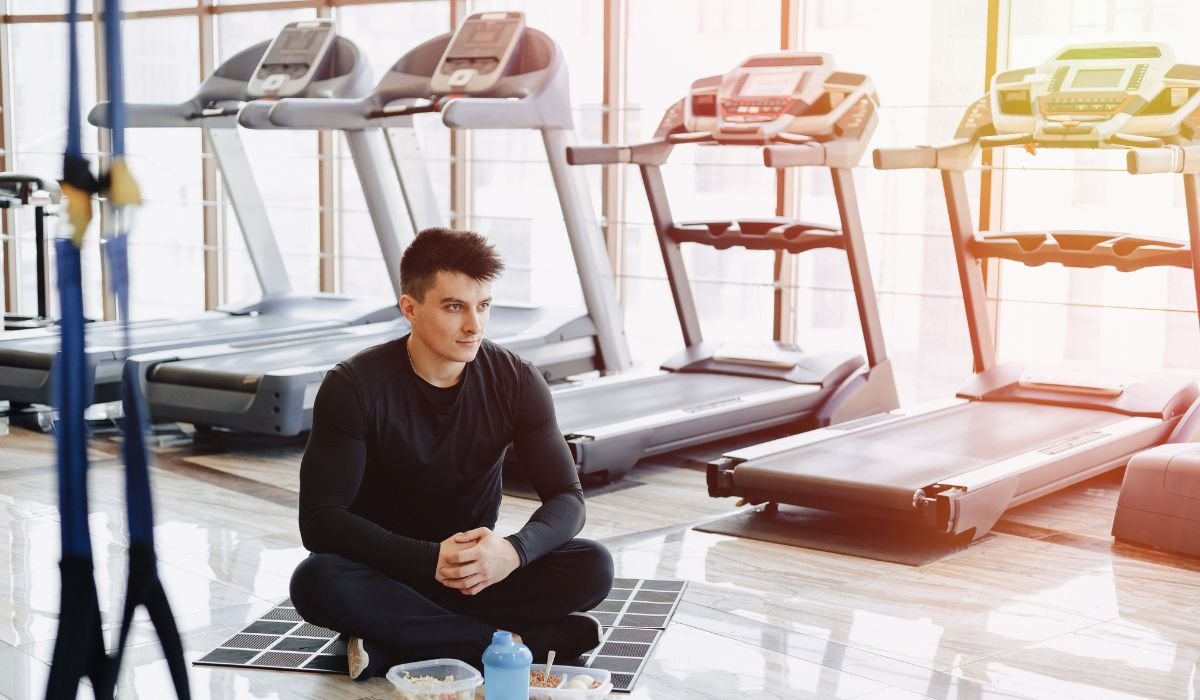Walking into a gym for the first time can feel like stepping into a new city. The lights are bright, the machines are lined up like skyscrapers, and there’s usually at least one person in the corner deadlifting more than seems humanly possible. That first impression matters, but what really determines whether you’ll keep showing up isn’t the shiny equipment, it’s the way the place fits into your life. Choosing the right gym is less about hype and more about the small, daily details that make exercise feel doable instead of like an obligation.
Location And Community
Convenience is the first deal breaker. If a gym isn’t easy to get to, it becomes the first thing you cut when life gets busy. Some people prefer a facility down the street from work so they can squeeze in a session before heading home. Others want something near their house because changing and leaving again after a long day is a recipe for skipped workouts. Think about your routine and pick a location that doesn’t feel like a detour.
The second layer is community. Gyms aren’t just rooms full of equipment, they’re spaces where people feed off each other’s energy. That doesn’t mean you have to become best friends with the regulars, but the vibe should feel welcoming. Do people acknowledge each other, or is it silent and stiff? The friendlier the environment, the easier it is to keep going back, especially on days when motivation is running low.
Size also plays into this. A massive facility might offer every machine imaginable, but it can leave you feeling anonymous. A smaller gym may not have the variety, yet it creates more of a family feel. Neither is inherently better, it’s about what makes you comfortable. If you like bustling energy, a large space could suit you. If you prefer more personal connections, a smaller spot might keep you engaged.
Equipment And Class Variety
Every gym has the basics, but the extras make the difference. If you’re into free weights, look for racks that aren’t constantly monopolized. If you enjoy cardio, check that the treadmills or bikes don’t have long wait times. Specialty gear can also signal how invested a gym is in supporting different fitness styles. Things like resistance bands, kettlebells, or turf for functional training give you more ways to stay challenged.
Classes are another part of the equation. Some people thrive in structured environments where an instructor pushes them through a workout. Others like the freedom to design their own routine. Look at the schedule and see if it fits your lifestyle. If you’re only free early mornings or late evenings, a stacked class calendar won’t matter if those times aren’t covered.
There’s also the question of whether the gym rotates or updates equipment regularly. Machines don’t need to be brand new, but they should work smoothly and be well maintained. If half the cardio machines have “Out of Order” signs, that’s a red flag. A gym that reinvests in its gear shows commitment to its members.
You’ll find different setups at gyms in Fresno, San Antonio, all over the country, but the good ones share a common thread: they balance equipment with accessibility. They make it easy for you to get in, use what you need, and not waste half your time waiting.
Cleanliness And Atmosphere
It’s easy to underestimate how much cleanliness affects your willingness to show up. A tidy gym sends the message that the owners care. Floors should be swept, machines wiped down, and locker rooms kept in decent shape. You’re more likely to return if you don’t feel like you need to take a shower the second you leave.
The atmosphere extends beyond hygiene, though. Lighting, music, and temperature all play a role in how you experience the space. Some gyms keep the lights harsh and the music blasting, while others lean toward a calmer environment. Neither is wrong, but you’ll feel the difference instantly. If you hate loud EDM, you won’t last long in a place that pumps it nonstop.
Even the smell matters. A faint scent of cleaning solution is fine, but if you’re constantly catching whiffs of stale sweat, that will stick in your memory. The best gyms manage to stay functional without feeling clinical, keeping things bright and energized without overwhelming the senses.
Safety And Professional Guidance
No one walks into a gym planning to get hurt, but injuries happen when form slips or when people push past their limits. A solid gym creates an environment where safety is baked in. That starts with enough space around equipment so you’re not lifting with someone’s elbow in your face. It also means staff members are attentive and trained to step in when necessary.
Professional guidance is another piece of the puzzle. Not everyone needs a personal trainer, but having knowledgeable staff on hand is valuable. A quick correction on posture can prevent weeks of back pain. Trainers can also introduce you to new techniques or machines you might overlook. When a gym prioritizes guidance, it shows they care about your progress, not just your membership fees.
There’s also the culture around performance. A healthy environment encourages growth without pushing shortcuts. If you see advertisements or conversations steering people toward quick fixes, take that as a warning. A good trainer will tell you straight up don’t buy steroids instead of whispering about them like they’re a hidden option. Sustainable fitness comes from consistency, not chemical boosts.
Insurance and certifications also come into play. Gyms that invest in certified trainers and carry liability coverage take safety seriously. That level of professionalism translates into a more secure environment for everyone.
Cost, Contracts, And Flexibility
Money always matters. Gyms vary wildly in price, from bare-bones operations that cost less than your streaming subscription to upscale facilities that rival a monthly car payment. The question isn’t just whether you can afford it today, but whether the value matches the price long term.
Contracts are where things can get tricky. Some gyms lock you in with long-term commitments that are hard to break. Others offer month-to-month memberships with more flexibility. Think honestly about your track record. If you know you’re prone to changing your mind, a yearlong contract may not be the smartest move.
Hidden fees are another thing to watch for. Look for transparency in how costs are broken down. Are there initiation fees, cancellation charges, or required add-ons? The best gyms keep it straightforward so you know exactly what you’re paying for.
It’s also worth considering the extras included in the price. Some memberships cover classes, pool access, or guest passes. Others nickel-and-dime for every perk. If you know you’ll take advantage of those features, paying a little more might be worth it. If not, skip the upsells and stick with the essentials.
The Wrap-Up
A gym should feel like an extension of your daily life, not a burden you drag yourself to out of guilt. The right one will strike a balance between convenience, atmosphere, safety, and value. It’s not about chasing the fanciest setup or the lowest price tag, but about finding a place where you’ll actually want to keep showing up. When you find that mix, the workouts stop feeling like another item on your to-do list and start becoming something you look forward to.
YOU MAY ALSO LIKE: Artistic Gymnastics Olympics Tickets: Your Ultimate Guide to Witnessing Gravity-Defying Moments











